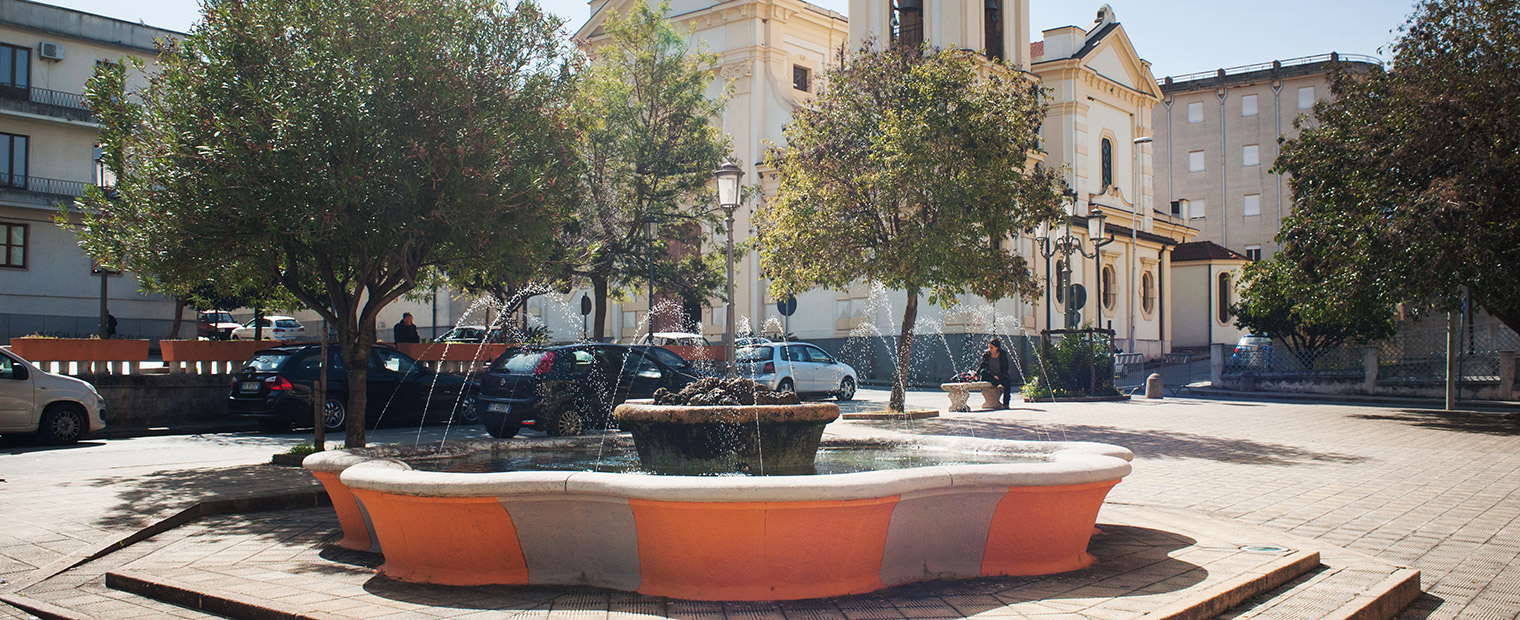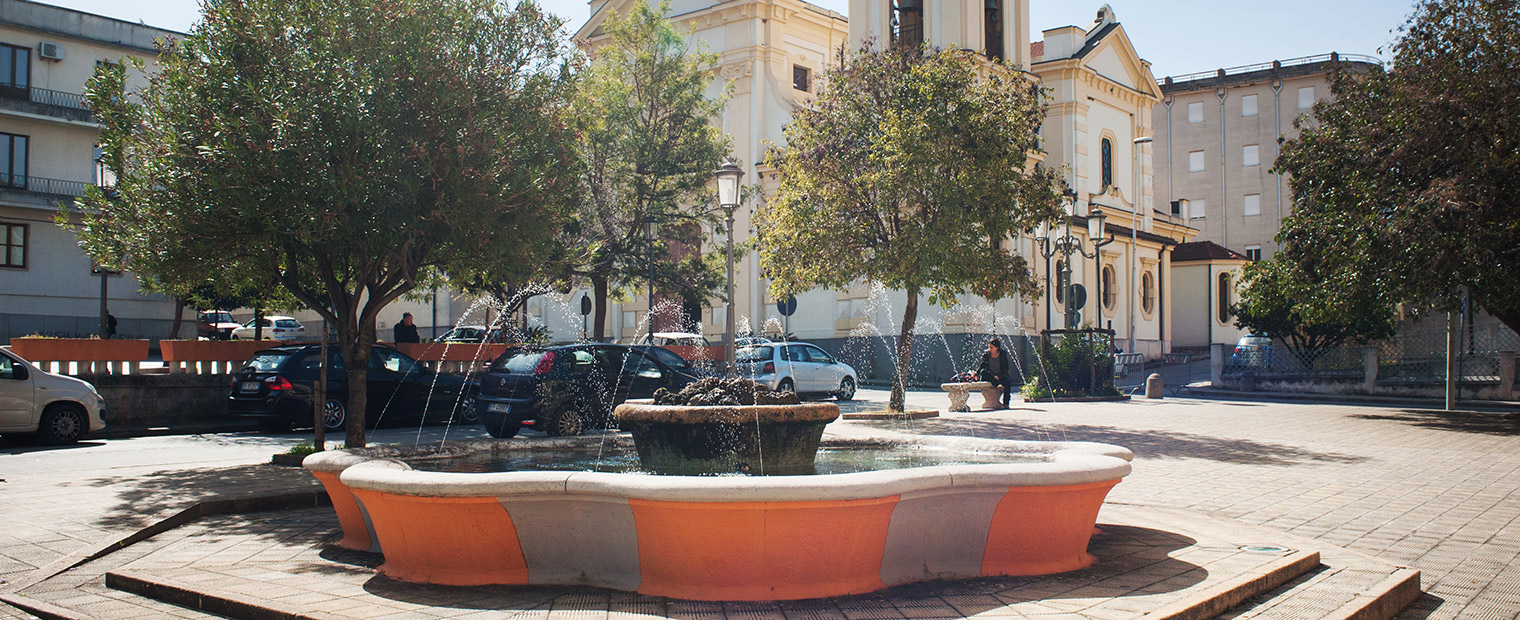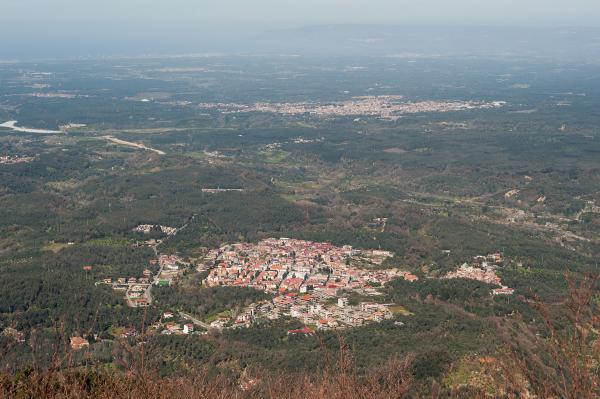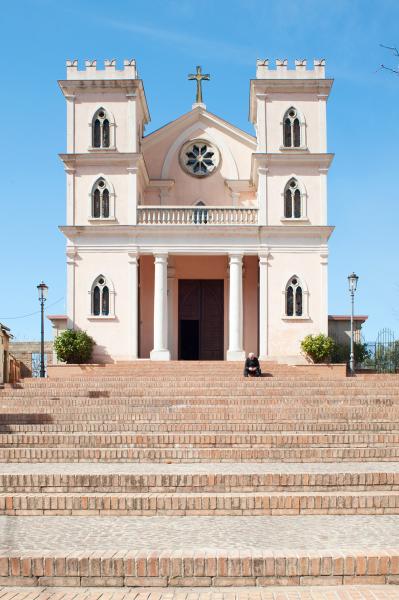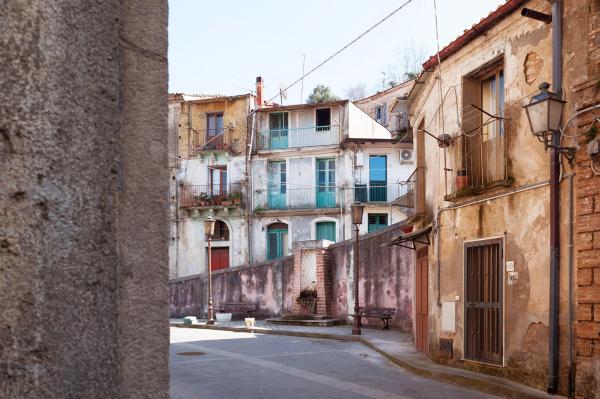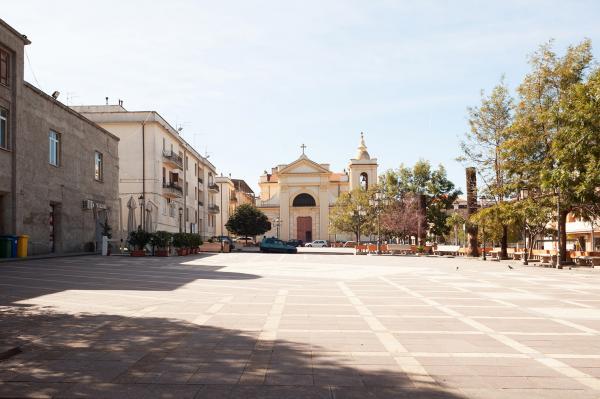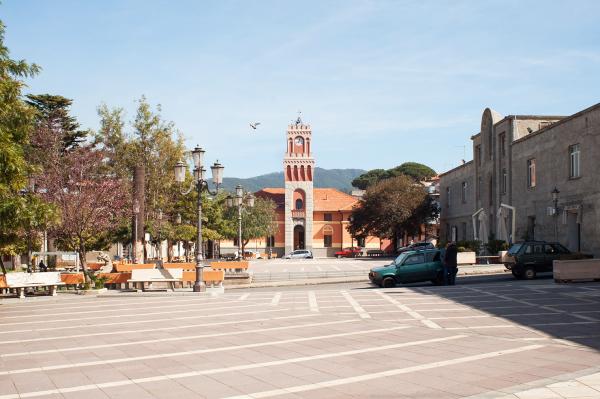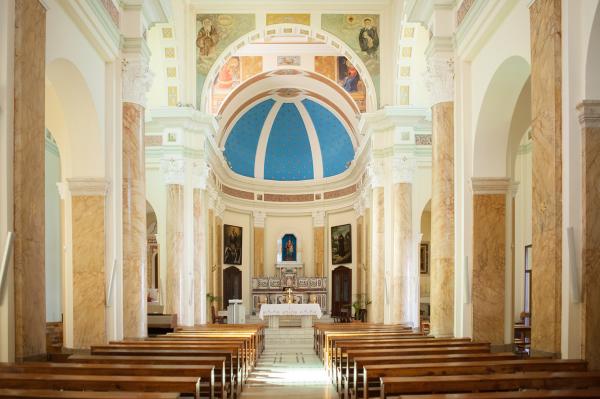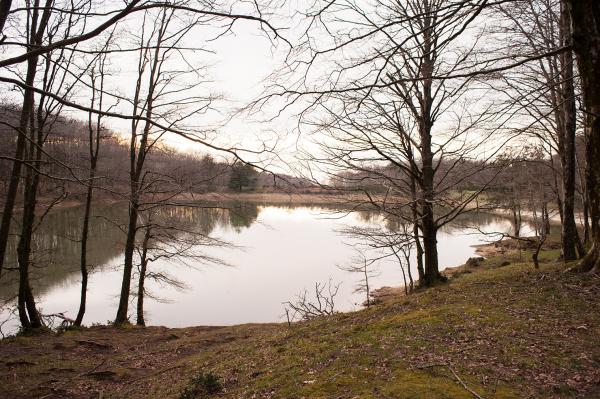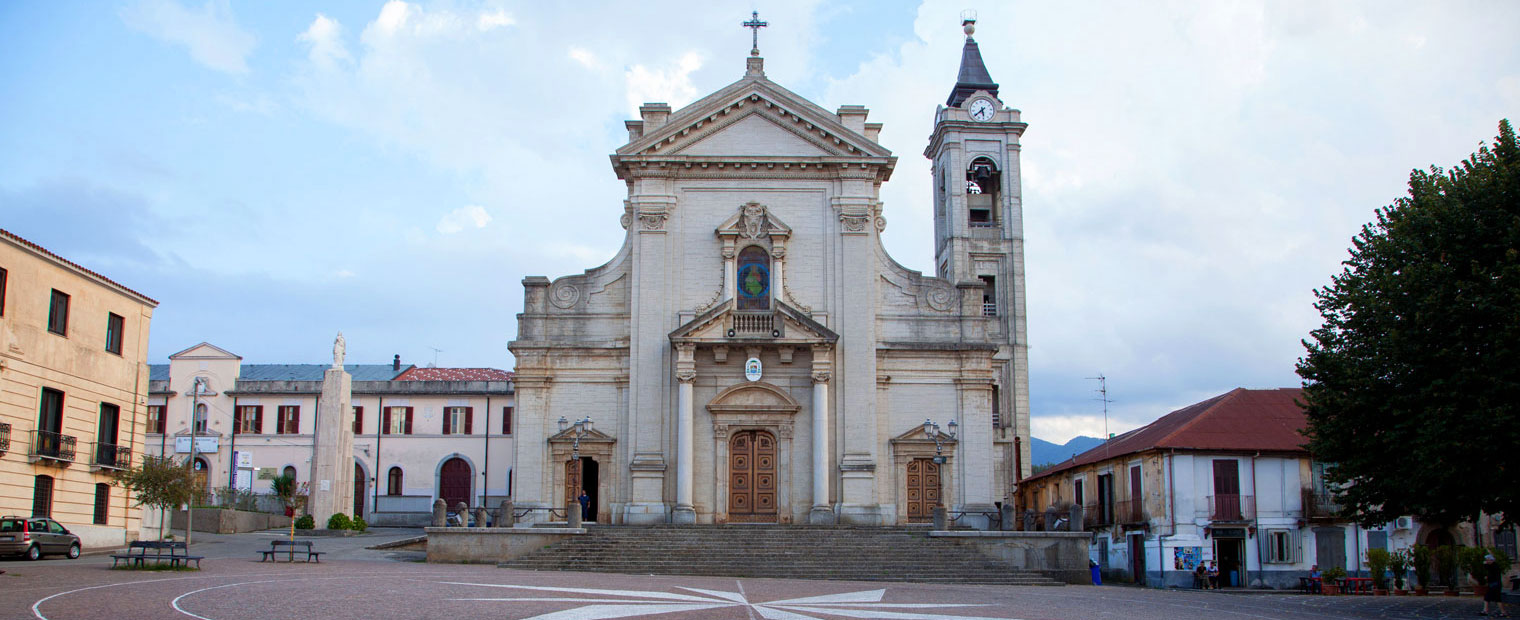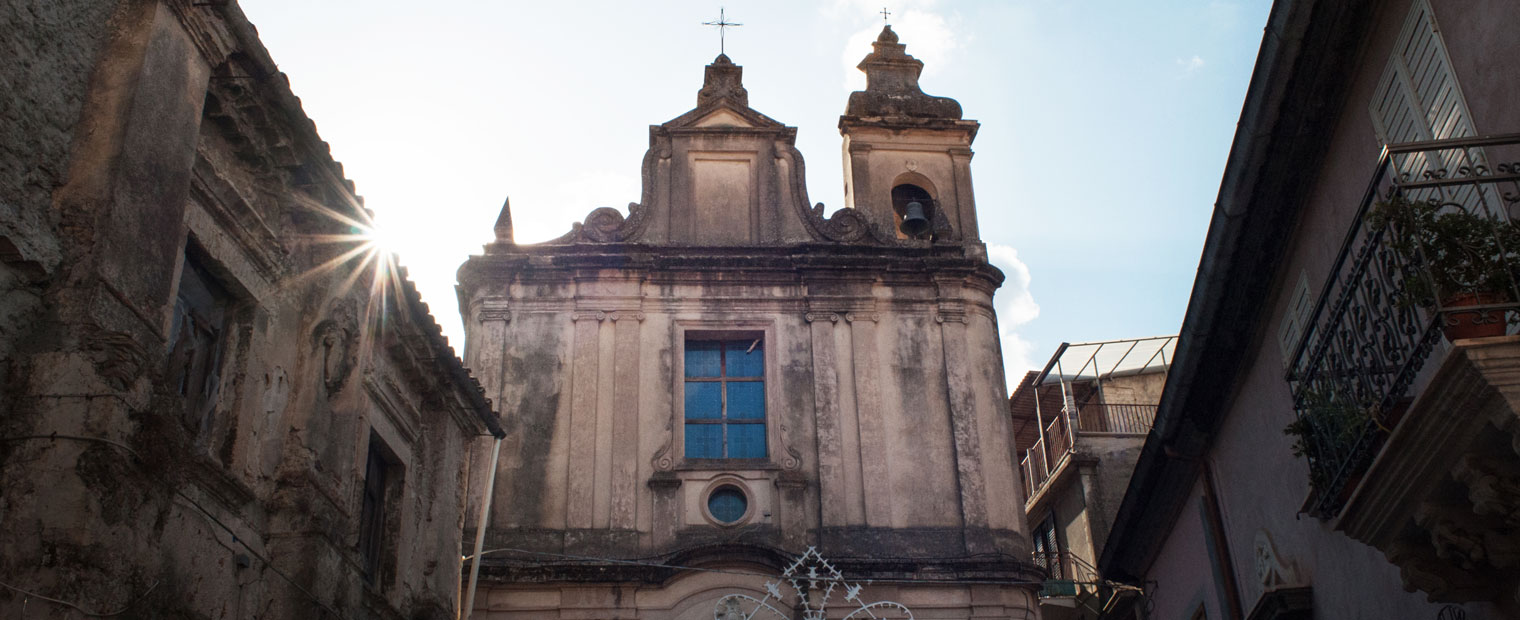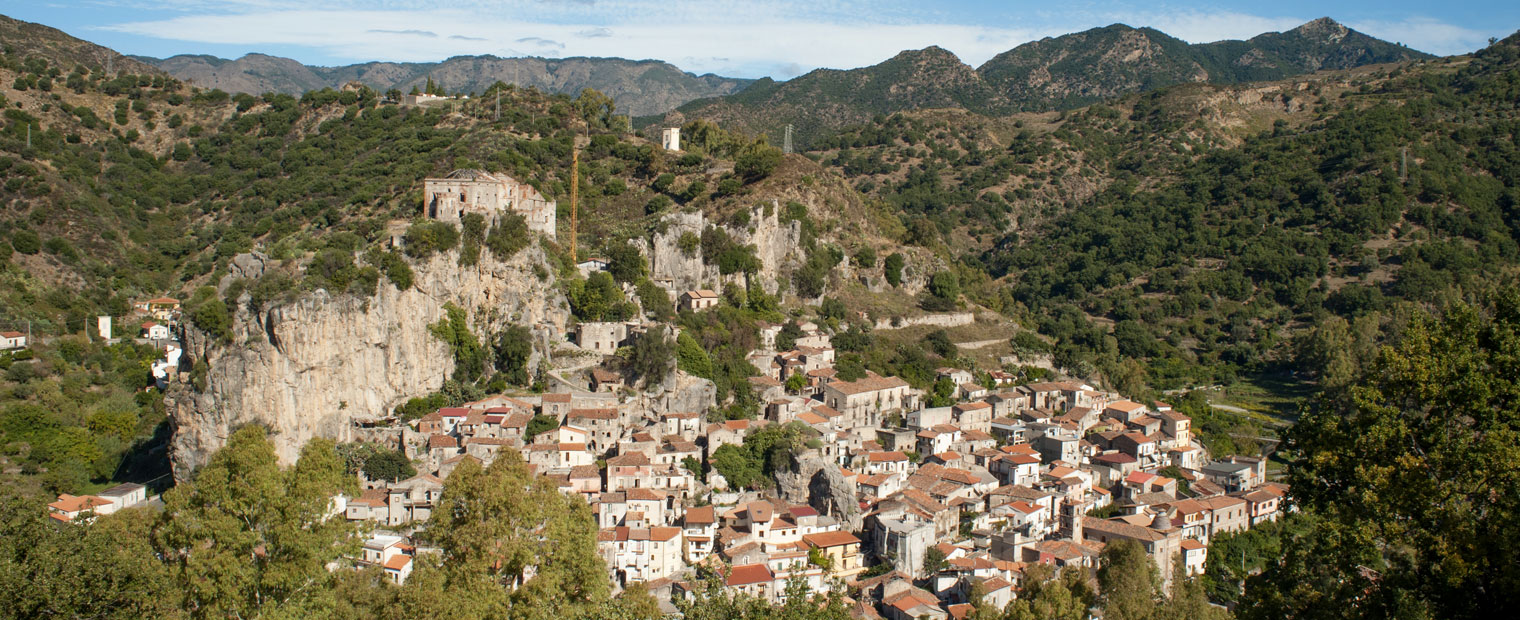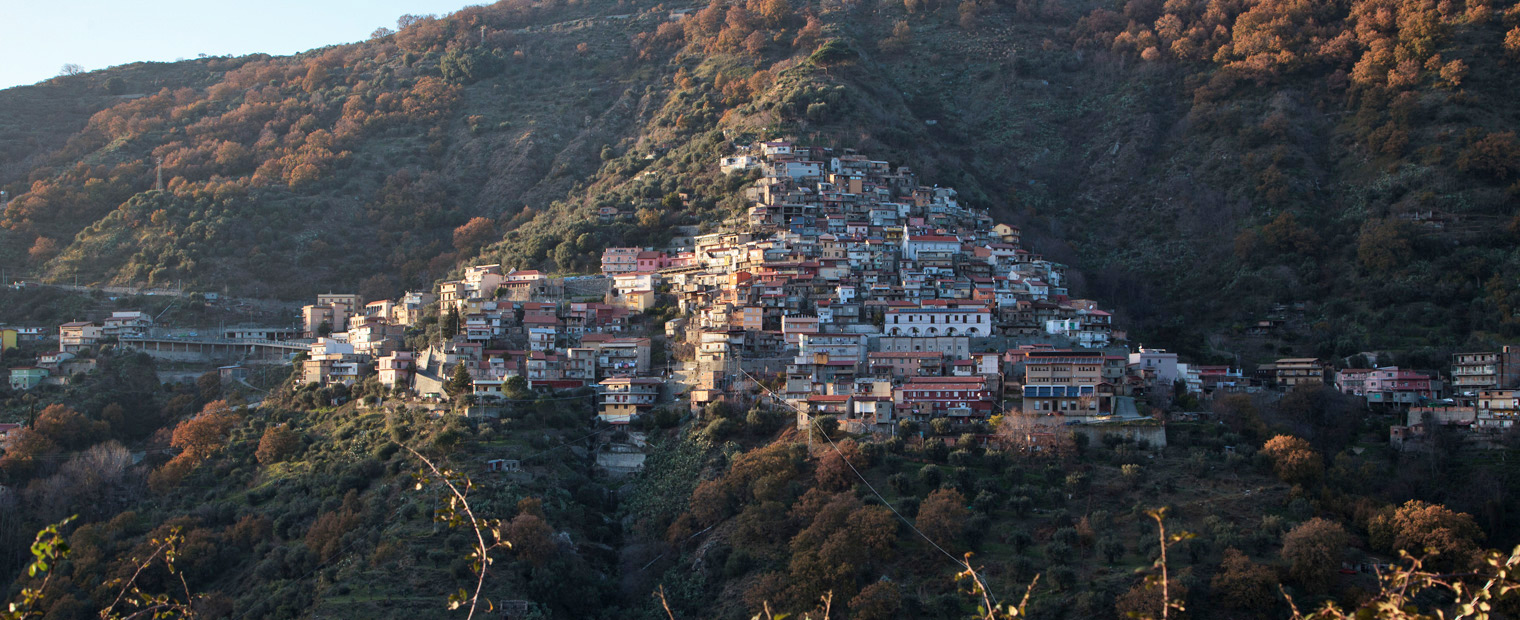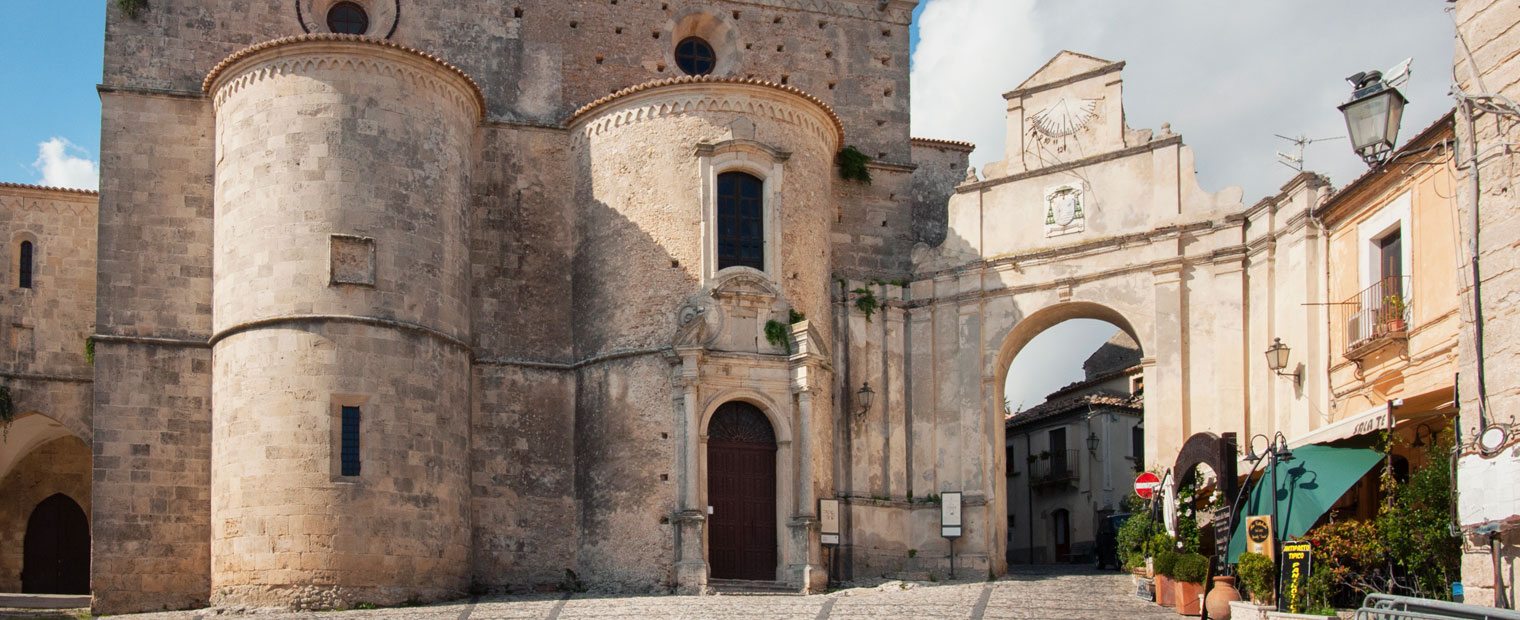The name of the place, Molochio, comes from the Greek term “molòkion” and refers to mallows, the flowers that grow next to the fruit trees typical of the Mediterranean scrubland, especially olive and fig trees and chestnuts.
The historical records attest the presence of the village as far back as in the 10th century thanks to the arrival of Basilian monks from Sicily. Their monastery soon became a shelter for numerous families from nearby Tauriana fleeing from the raids of the Saracen pirates. The refugees were the first inhabitants to settle in this village.
During the course of the following centuries, Molochio was a feud of different noble families; afterwards, when the French administrative system was introduced, it came under the control of Oppido, and then, in 1811, when the municipalities were instituted, it was assigned frazione Molochiello, an area that has now been incorporated into the urban fabric.

To be visited
The Church of Santa Maria di Merola
The parish church of Santa Maria di Merola, also known as Chiesa Matrice, rises on the western side of the central square of the town. Destroyed and reconstructed after the earthquakes of 1783 and 1908, it houses the wooden statue of Santa Maria di Merola, which dates back to the 16th century. Also of great significance to all the faithful is a wooden statue of the Holy Child with his right arm raised in blessing and long, wavy hair. The statue, by an anonymous Neapolitan school artist of the 17th century, is displayed for Christmas and is offered to the worshippers to be kissed during the holy mass of the Epiphany.
The Church of S. Vito
Amidst the narrow lanes of the Old Town, in piazza Umberto I, we find this small church built in the 17th century by don Giuseppe Palermo, containing the statues of St. Rocco, the Madonna and St. Vito.
The “Camilli”
In a corner of the two great squares adjacent to the historic centre of Molochio, named after King Vittorio Emanuele III and Monsignor G. Quattrone, we can admire the Fountains Camillo and Bernardo. Built in the 1950s, the fountains feature stone statues depicting two life-size mythological heroes. The two young men, kneeling, blow into a leather bag from which water comes out and flows into a round bowl. People refer to both fountains as the “Camilli”.
The Sanctuary of Our Lady of Lourdes
This Marian sanctuary built in 1901 was the first in Italy to be dedicated to the Lady of Lourdes. It contains a wooden statue, depicting Santa Maria de Merola (ca 1550), that was found in a thicket in the Old Town.
Itineraries in the countryside
The surroundings of Molochio provide a valuable opportunity to explore uncontaminated landscapes. Among them, we should mention the village of Trepitò and the waterfalls. In the Aspromonte National Park, having passed the Barvi torrent valley, you get to the falls: Mundu, 40 m high, whose name comes from the Griko word "naked", and Galasìa, also Griko for “ravine, gorge”. This waterfall, one of the most entrancing in the Aspromonte region, is shaped like a bride’s veil. The landscape is characterised by a rich vegetation, comprised of oaks, beeches, holm oaks, huge vitalba vines, and rare varieties of ferns, including the rooting chainfern, also known as "Woodwardia radicans", whose fronds can be as high as 3 metres, and whose origins date back to the tertiary period.
